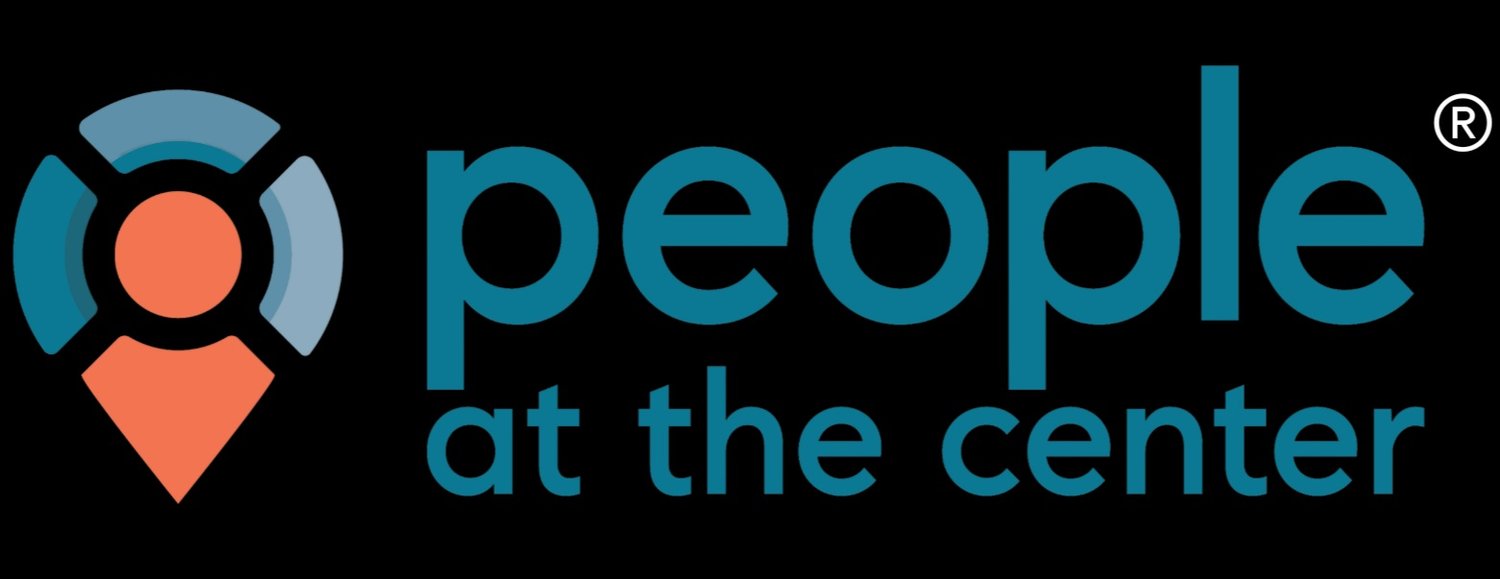Talking T.R.U.S.T.
Talking T.R.U.S.T Part One: Transparency
Our T.R.U.S.T model for building and repairing trust in the workplace ends with transparency, but it is by no means the least important principle. It bookends our model because all of the other letters in the acronym rely on it. As we work our way through each of the other letters over the next few blog posts, we'll return to transparency time and time again.
But first, a little neuroscience. Stay with me here. I promise this will pay off. For our purposes, lack of trust begins in the amygdala: that tiny region in the middle of the brain responsible for assessing threat and regulating the fight, flight, freeze, or appease response.
Back when our ancestors lived in caves, the amygdala came in very handy. It kept them safe in a dangerous world full of saber-toothed tigers and a host of other creepy-crawleys that they had to contend with just to survive. We don’t live in that world anymore, but when your boss calls you out at a weekly meeting, your amygdala lights up just like your caveman ancestor’s did.
This is Your Brain on Threat
During threatening experiences, the amygdala releases cortisol and epinephrine. These hormones inhibit blood flow to the prefrontal cortex – the part of your brain responsible for executive functioning and calm, rational thinking. When this happens, you can't make logical or even particularly smart decisions. Research shows that your I.Q. can drop 10-15 points during an amygdala hijack.
Ever wonder why you lose your ability to respond well when someone is upset with you? Or you get upset right back? Or say sorry even though you've done nothing wrong? You may not be able to access the words, facts, or data to have a rational conversation in that moment. That's why you might leave the interaction kicking yourself for how you behaved, what you said, or forgot to say. That life-saving mechanism that was so helpful to our ancestors, may be inhibiting you from showing up as your best self in times of stress.
Threat Takes Us Right Up The Ladder of Inference
During an amygdala hijack, you run right up the ladder of inference very quickly. In Peter Senge's book, The Fifth Discipline, he describes the ladder's base as reality — or said another way, what is literally happening. If you really reflect on what is happening in a stressful moment, someone says something or does something, and we add a lot of extra meaning, assumptions and inferences to that experience.
As we listen, our brains begin to attach emotions and stories to the words. We draw conclusions that have little basis in reality. And suddenly, we're at the top of the ladder without access to our normal brilliance because our brains are hijacked.
How to Stop the Hijack, Descend the Ladder and Get Back to Reality
Remember the stressed-out team from my last post? They felt totally overworked by a C-Suite that just kept handing them mountains of work and unrealistic deadlines. When I asked if they'd been honest with their executives about the impact of this overload, I got many blank stares in return. No one wanted to have that conversation. It was too damned threatening.
During the pandemic, it was one amygdala hijack after another. So, I wasn't surprised that this team was worried about being fully transparent with their executives. They were tapped out, and at that point, it felt more comfortable to roll over and do the extra work than to have a challenging conversation.
Can you relate?
Of course, it's not easier. Their burnout was evidence of this. Everyone knew that there would be downstream consequences for the C-Suite, their clients, and the company if they didn’t speak up. Still, they'd been under so much stress for so long that they couldn't find the words. So I asked a few questions:
What conversations are you avoiding? Are there people or topics that you’re afraid to approach? If you can address issues as they arise – post-amygdala hijack, of course – you’ll build trust and strengthen relationships.
Are you taking on too much? The answer for all of them was yes. If you’ve taken on one too many projects, it’s time to start a conversation to renegotiate scope and deadlines.
What changes do you need to make? What actions, thoughts, or words might help the other person shift from protecting themselves to collaborating with me?
After spending some time with those questions, the team designed a transparent conversation that they felt empowered to initiate with their executives. They realized that the only way to work through these problems was with connected communication.
If you're in a leadership position, you can embrace transparency even when the truth is hard for your teams to swallow. Your people need more honesty, not less. I’m not recommending dumping on them or oversharing details that don’t serve them. A good rule of thumb to follow is “clear, kind, constructive” when delivering hard news or feedback.
Be clear about where the company is going and what outcomes you want to achieve. Don't shy away from addressing the obstacles or how you plan to tackle them. Also share any concerns or worries you have about the level of trust in your team, and open up a conversation about how to build more trust between you.
Remember: secrecy begets rumor begets chaos begets stress. And no one needs any more stress in their lives right now. If your team could benefit from a T.R.U.S.T. workshop, I'd love to talk. Click here to schedule a free consult.
In 8 minutes or less, find out your Team Trust Index Score. Learn where your team is strong and where you need to put some additional energy toward strengthening trust!

